61-7957 (SR-71B)
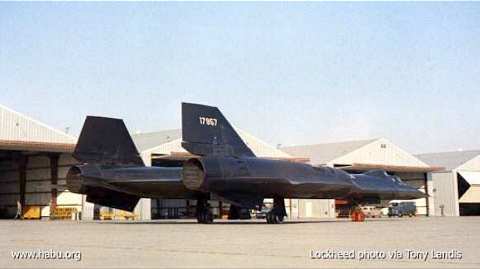
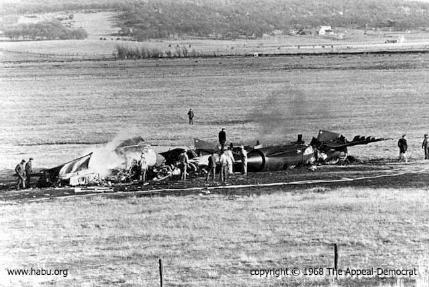
(Photo courtesy of the Appeal-Democrat )
11 January 1968
61-7957 (SR-71B)


(Photo courtesy of the Appeal-Democrat )
11 January 1968
Loss #11 61-7957 (SR-71B) This aircraft was the second SR-71B (Trainer) built for the Air Force. It crashed on approach to Beale on 11 January 1968 when instructor pilot Lt Col Robert G. Sowers and his "student" Captain David E. Fruehauf were forced to eject. The plane had suffered a double generator failure near Spokane, Washington. An alternate landing at Portland, Oregon was ruled out due to inclement weather at PDX. Their long straight in approach to Beale AFB was without generators and the normal 10 degree nose up for landing resulted in fuel cavitations (no electrical power to the fuel boost pumps). Air was being sucked in from the dry fuel tanks which interrupted the flow of gravity fed fuel to the engines. Loss of fuel resulted in a double engine flameout. The crew ejected at 3,000 feet and only 7 miles from the end of the runway at Beale. Both Instructor pilot and student survived.
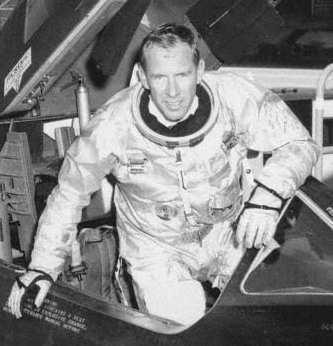
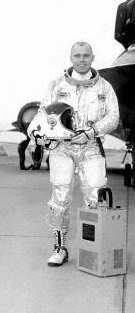
Robert G. Sowers, Pilot and David E. Fruehauf, Student Pilot
(USAF Photo)
Article One Follows:
(Courtesy of The Sacramento Bee)
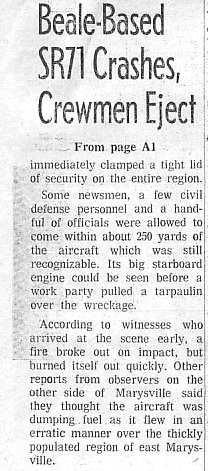
Article Two Follows:
(Courtesy The Appeal Democrat)
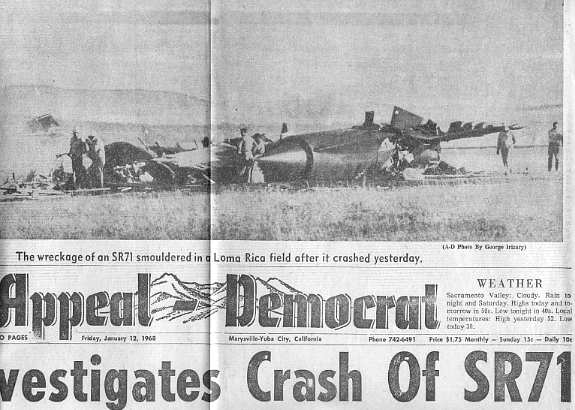
(Article courtesy The Appeal Democrat dated January 15, 1968:)
(Article courtesy The Sacramento Union:)
(Article courtesy of The Sacramento Bee:)
60-6932 (A-12)
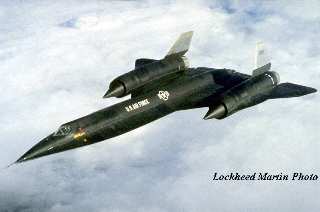
5 June 1968
Loss #12
60-6932 (A-12) This aircraft was lost in the South China Sea on 5 June
1968. CIA pilot, Jack Weeks
was flying what was to be the last operational A-12 mission from
the overseas A-12 base at Kadena AB,
Okinawa. He was to fly a Functional Check Flight (FCF) due to an
engine change. He was last heard from 520 miles East of Manila, Philippines.
The loss was due to an in-flight emergency and the pilot did not survive.
Once again the official news release identified the lost aircraft as an
SR-71 and security was maintained. A few days later the two remaining A-12's
on Okinawa flew to the US and were stored with the remainder of the OXCART
(CIA) family. Investigation revealed no clue as to the disappearance
of the A12 and pilot Jack Weeks. It remains a mystery to this day. There
was speculation by some that Jack Weeks had defected to the other side.
This is not true. Jack Weeks' widow was given posthumously his "CIA Intelligence
Star for Valor" medal. The U.S. government would have never done that if
there were indications that a defection occurred. LAC #129 had flown 268
flights for 409.9 hours total accumulated flight time prior to crashing.
In addition, Peter W. Merlin provides this information:
Date: Sun, 15 Aug 1999 02:28:37 EDT
From: Xelex@aol.com
Reply-To: skunk-works@netwrx1.com
To: skunk-works@netwrx1.com
Subject: Re: Birdwatcher and lost A-12
Here is some information on the Birdwatcher system and the loss of A-12 #129. Please excuse the length of this post (or rejoice in it).
The Birdwatcher constantly monitored various vital aircraft system functions, as well as equipment functions. If and when established limits and equipment activity were sensed, the Birdwatcher would key and modulate the HF transmitter with a coded signal. The coded signal was a multiplexed sample of each monitored item, including the item which triggered the Birdwatcher. Thus, the intended receiver operator could determine which aircraft system or equipment triggered the unit and could monitor the status of all remaining items. There were 40 channels available, though not all were necessarily used.
The system was controlled from the cockpit with a control panel shared with the ECM and SIP controls on the right hand console. The Birdwatcher unit utilized the HF transmitter, and was located in the lower right side of the E-Bay, just behind the A-12 cockpit (C-Bay). Items monitored by Birdwatcher included generator fail, transformer fail, altitude low, fuel quantity low, destruct active, fuel flow low, hydraulic pressure low, System "A" and "B" active, "A" and "B" hydraulic pressure low, oxygen pressure low, compressor inlet temperature high, System "B" manual jam on, pitch and yaw acceleration, cockpit pressure low, seat ejected, Code "A" and "B", angle of attack high, fire warning, System "C" and "F" activity, oil pressure low, and EGT [Exhaust Gas Temperature] High De-Rich on.
If the Birdwatcher sensed a system limit or equipment activity, it would key the HF transmitter and transmit three short, consecutive half-second bursts, each separated by a five-second quiet period. During each burst, the condition of all monitored items , as well as aircraft identity, was transmitted. Upon transmission, the pilot heard three "chirps" in his headset, and an activity light illuminated on the Birdwatcher control panel. "Code A" and "Code B" switches on the panel could be used to re-trigger the Birdwatcher to indicate pilot awareness of Birdwatcher operation. By prearrangement, activation of the "Code A" switch could indicate "pilot aware - no emergency." In that case, "Code B" switch activation might indicate "pilot aware - emergency condition."
Having transmitted, the Birdwatcher would not key the HF transmitter again until another system limit was reached or another equipment activity was sensed, or if the original triggering system returned within limits and exceeded them again.
On 4 June 1968, Mr. Jack Weeks flew A-12 (#129) on a redeployment preparation and functional check flight due to replacement of the right engine. Taxi and takeoff were uneventful, as evidenced by the reception of the required Birdwatcher "Code A" transmission and the lack of any HF transmissions from the pilot. Refueling, 20 minutes after takeoff, was normal. At tanker disconnect, the A-12 had been airborne 33 minutes. The tanker crew observed the A-12 climbing on course in a normal manner. This was the last visual sighting of the aircraft. No further communications were received until 19 minutes later when a Birdwatcher transmission indicated right engine EGT was in excess of 860 degrees C. Seven seconds later, Birdwatcher indicated the right engine fuel flow was less than 7500 pounds per hour and repeated that EGT exceeded 860. Eight seconds later, Birdwatcher indicated that the A-12 was below 68,500 feet, and repeated the two previous warnings. This was the final transmission.
Several attempts were made to contact Weeks via HF-SSB, UHF, and Birdwatcher, but without success. Operation of recording and monitoring facilities at the home base continued until the time that the aircraft's fuel would have been exhausted, but no further transmissions were received. The aircraft was declared missing some 500 nautical miles east of the Philippines and 600 nautical miles south of Okinawa. The accident report declared that "No wreckage of aircraft number 129 (60-6932) was ever recovered. It is presumed totally destroyed at sea."
Peter W. Merlin
The X-HUNTERS
Aerospace Archeology Team
(Article by the Sacramento Bee :June 05, 1968)
61-7977 (SR-71A)
(USAF Photo)
(Photo: The Appeal Democrat)
10 October 1968
Loss #13 61-7977 (SR-71A) This aircraft ended its career in flames by skidding 1000 feet off the end of runway 14 at Beale on 10 October 1968. The takeoff was aborted when the left brake assembly failed with pieces puncturing the fuel cells. All six tires blew and fire resulted. When the drag chute was deployed, it was consumed in fire. Major James A. Kogler, RSO ejected, but pilot Major Gabriel Kardong elected to stay with the aircraft. The buddy crew of Willie Lawson and Gil Martinez helped extract the pilot from the wreckage. Both officers survived. The front cockpit section of this aircraft is now in the Seattle Museum of Flight. Visitors can readily climb inside the cockpit and view the controls.
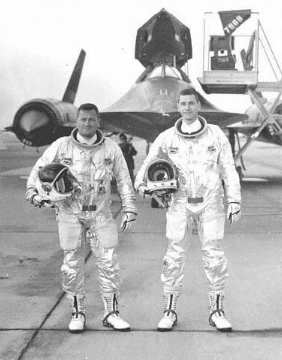
Gabriel Kardong, Pilot and James A. Kogler, RSO
(Courtesy of The Appeal Democrat:)
61-7954 (SR-71A)
(Photo courtesy Lockheed via Tony Landis)
11 April 1969
Loss #14 61-7954 (SR-71A) This aircraft was destroyed on 11 April 1969. During maximum takeoff weight testing at Edwards AFB, Ca, the left main tires blew just at rotation. Shrapnel from the magnesium wheel fragments ruptured the fuel tanks and started a fire that engulfed the aircraft. New aluminum wheels and stronger tires with a beefed up compound were retrofitted to all SR-71's. Lt Col Bill Skliar and his RSO Major Noel Warner managed to escape uninjured.
Lt Col Bill Skliar, Pilot
Courtesy San Francisco Chronicle /// Courtesy Antelope Ledger-Gazette:
(Courtesy Kadena News:)
(Courtesy Los Angeles Times:)
(Courtesy The Sacramento Bee:)
61-7953 (SR-71A)
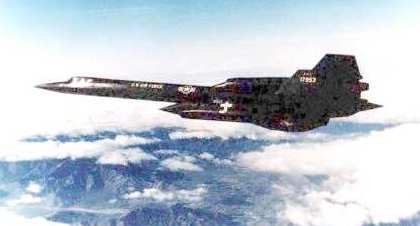
(AFFTC Photo Via Tony Landis/Habu.Org)
18 December 1969
Loss #15 61-7953 (SR-71A) This aircraft was lost on 18 December 1969. #953 was
climbing and accelerating after an in-flight refuel. A severe nose
pitch up attitude occurred with the nose oscillating from side to side
violently even though Rogers had the stick full forward. An irrecoverable
high-speed stall resulted. Lt Col Joe Rogers (Director of the Test Force)
and RSO Lt Col Gary Heidelbaugh ejected safely. Although the exact cause
of this accident was never determined, an obstruction in the pitot static
system could have caused a delay in the pressure sensing to the Stability
Augmentation System (SAS) and may have been a factor in this accident.
The incident occurred near the Southern end of Death Valley close to Shoshone,
California.
Go to Page #4 of "Blackbird Losses"
Loss: Page#1|Page#2|Page#3|Page#4
| SR-71 Front Page | Links Page | Index Page | Recollections | 2001 Reunion |
| "SR-71 Blackbirds" Web Site Navigator | ||||
| First Created: April 15, 1996 - Last Revised: March 29, 2004 | ||||
| Copyright © 1996 Leland R. Haynes Email: sr71webmaster@sr71.us | ||||